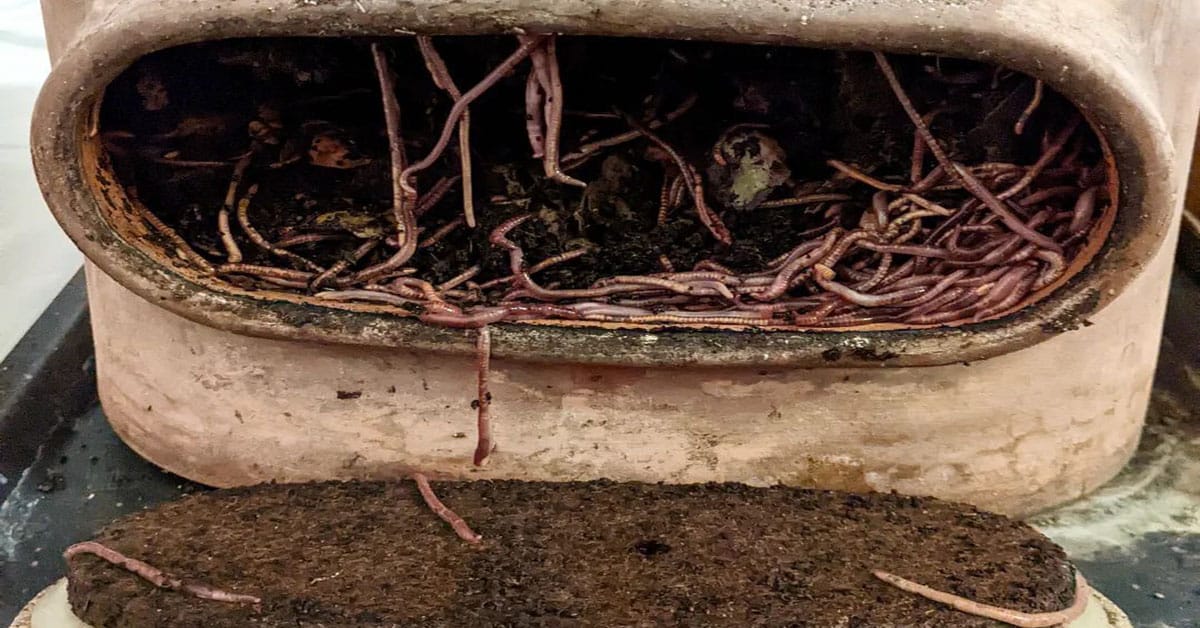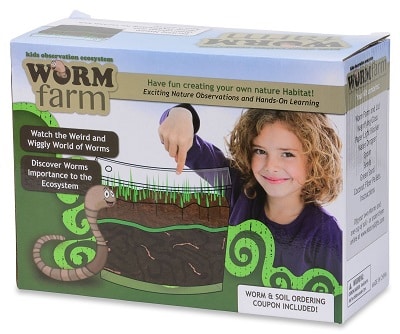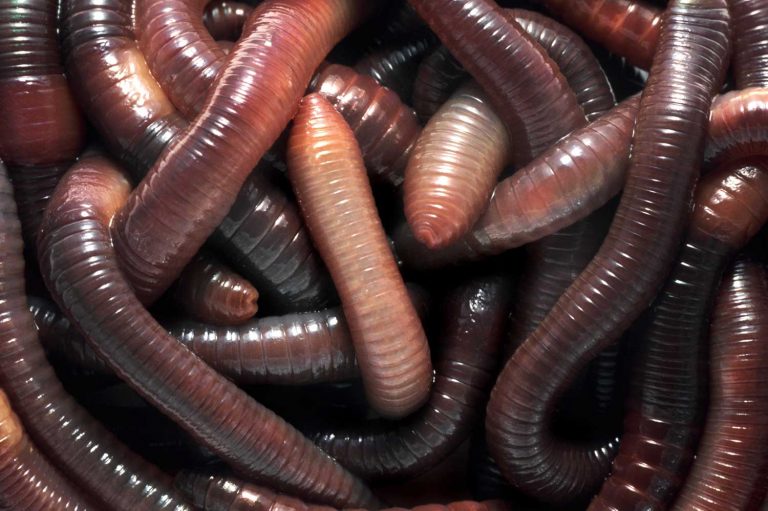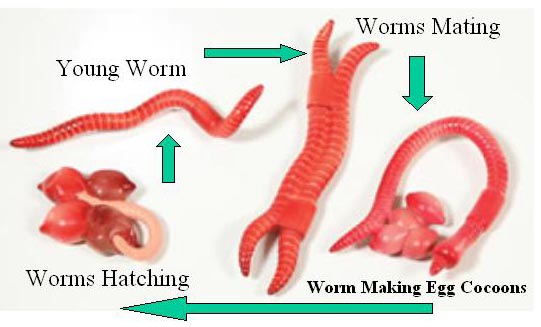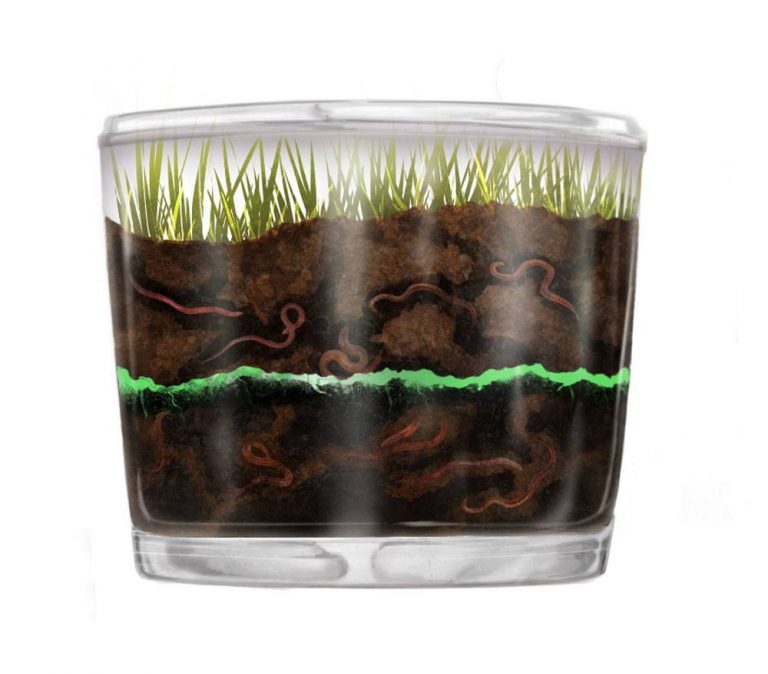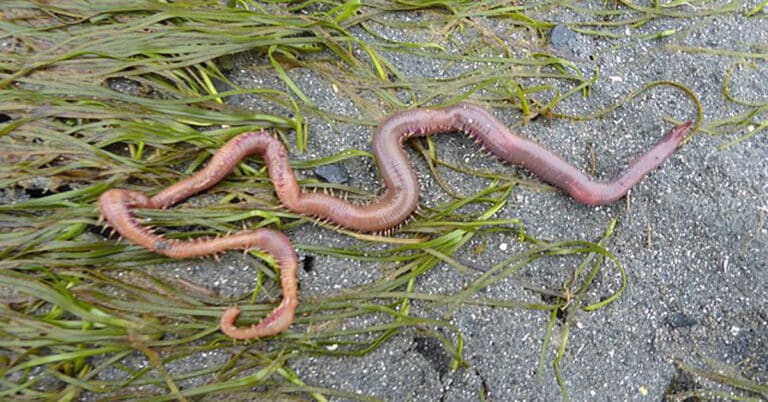Worm Farm: A Handy Guide for an Efficient Initiative
Do you intend to join the expanding community of urban farmers and search for a method to transform kitchen garbage into a beneficial soil amendment? Starting your worm farm is a convenient way to resolve this concern. You might even be able to contribute to environmental protection by starting your own worm farm. Sounds impressive, right?
The truth is that when food waste decomposes, methane and nitrous oxide are generated, which, in terms of heat-trapping power, are 31 and 310 times stronger than carbon dioxide. Worm farming has the potential to considerably reduce the amount of food waste sent to landfills, which would minimize the need for fossil fuel-powered collection vehicles and, thus, have a positive impact on decreasing greenhouse emissions.
There are several advantages to having a worm farm in your yard, and starting one is easy and inexpensive. Rich compost produced by worms can be used to create compost tea or to improve garden soil.
In this article, you’ll learn everything you need to know about how to establish your worm farm, including how to start a worm farm and what kind of equipment you’ll need. So, let’s delve into details and find out every aspect needed for your new initiative.
What Is Worm Farming?
In the process of creating a worm farm, also referred to as vermiculture, earthworms are used to transform organic waste into the most nutrient-rich fertilizer that has ever been created. This fertilizer is brimming with minerals, nutrients, and helpful microorganisms that are crucial for healthy plant growth, root development, and disease prevention. Farmers and gardeners frequently refer to it as “Black Gold” due to its excellent nutritional value; one tablespoon will provide three months’ worth of food for a little plant.
Earthworms can reproduce relatively quickly due to their hermaphroditic biological constitution, which allows them to have both male and female sexual organs. Particularly the Tiger Worm is ideal for controlling our organic waste because it can devour up to half of its body weight per day and can quadruple in population every 60 days. Also, you can raise worms and sell them to people who want to establish their worm farms.
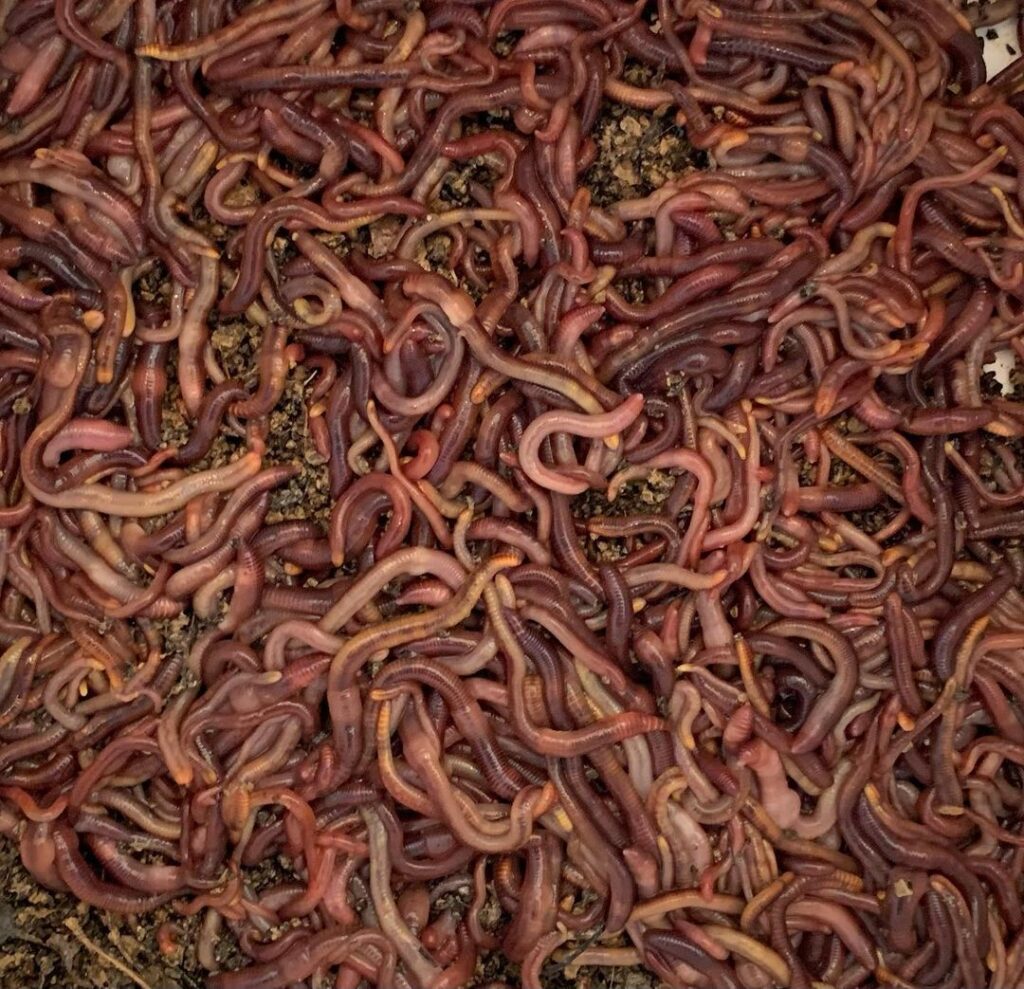
How To Start A Worm Farm? 5 Things to Consider
1. Determine varieties of earthworms useful for farming
Only 7 of the 4000 earthworm species known to exist, all of which fall into the epigeic category, are useful for worm farming. Earthworms that live on the surface and are called epigeic earthworms are red and thrive in freshly decomposed organic waste.
Tiger Worms, often known as Red Wigglers or Californian Reds, are the species that are used the most frequently around the world. The Tiger Worm, a native of Europe, is exceptionally flexible and tolerant of a variety of food sources, with a temperature range of 10–30° and moisture content of 60–90%.
2. Choose the perfect environmental conditions
Your worms will live their entire lives in a worm bin, so you should be selective about the materials you employ. Bins made of wood and plastic are most frequently utilized since they lack antibacterial qualities. To survive and initiate the microbial process, worms require bacteria and other microorganisms.
Other vermiculture system types, such as a stacked tray bin, might be suitable for you. The worms can travel up to different levels and leave their castings behind for simple collection, which helps save space by actually stacking the trays.
Another option is to utilize a rectangular container that rests on the ground, such as the Subpod In-Garden Compost System. No holes need to be drilled because they are already present in the bin, allowing oxygen to reach the worms and maintaining adequate moisture in the bedding.
3. Select the ideal location
Selecting the ideal location is crucial when setting up a worm farm. Worms prefer a cold climate, so if you place the worm farm outside in a shaded area where it won’t become too hot from the sun, your worms will be pleased.
The worm farm can be set up beneath a tree, in a shed or garage, on the shaded side of a fence, at the side of the house where there isn’t much sun, or even indoors. A safe area on a balcony will also do the trick. The worm farm should be located near your kitchen, which will be the source of kitchen waste for your worm farm, to make it easy for you to access.
4. Carefully determine the feeding ration
Contrary to popular belief, not all food waste can be placed in the worm bin. Like people, certain foods are good for the worms while others could cause issues in the trash can. The worms’ typical diet consists of organic kitchen waste such as fruits, vegetables, eggshells, and coffee grounds. Tea bags and crumbled newspapers are also fantastic sources of food for the worms.
Food scraps containing meat or dairy items shouldn’t be introduced because they are frequently overly oily or challenging to digest and draw fruit flies. When pH levels are out of balance, acidic food waste like that from citrus fruits is harmful to the bin.
5. Harvest your liquid fertilizer and compost
It takes some maintenance to be a worm farmer. Worms require hydration since they are thirsty workers. To remove extra liquid, periodically turn on the tap. For regular liquid drainage, periodically turn on the faucet.
Fluid produced by worms is a fantastic liquid fertilizer when diluted with water. Castings, a nutrient-rich product, should be harvested after the trays are full. Your plants will flourish if you use them in your garden.
Worm Farm Kit: Journey Into The Mysterious World Of Worms
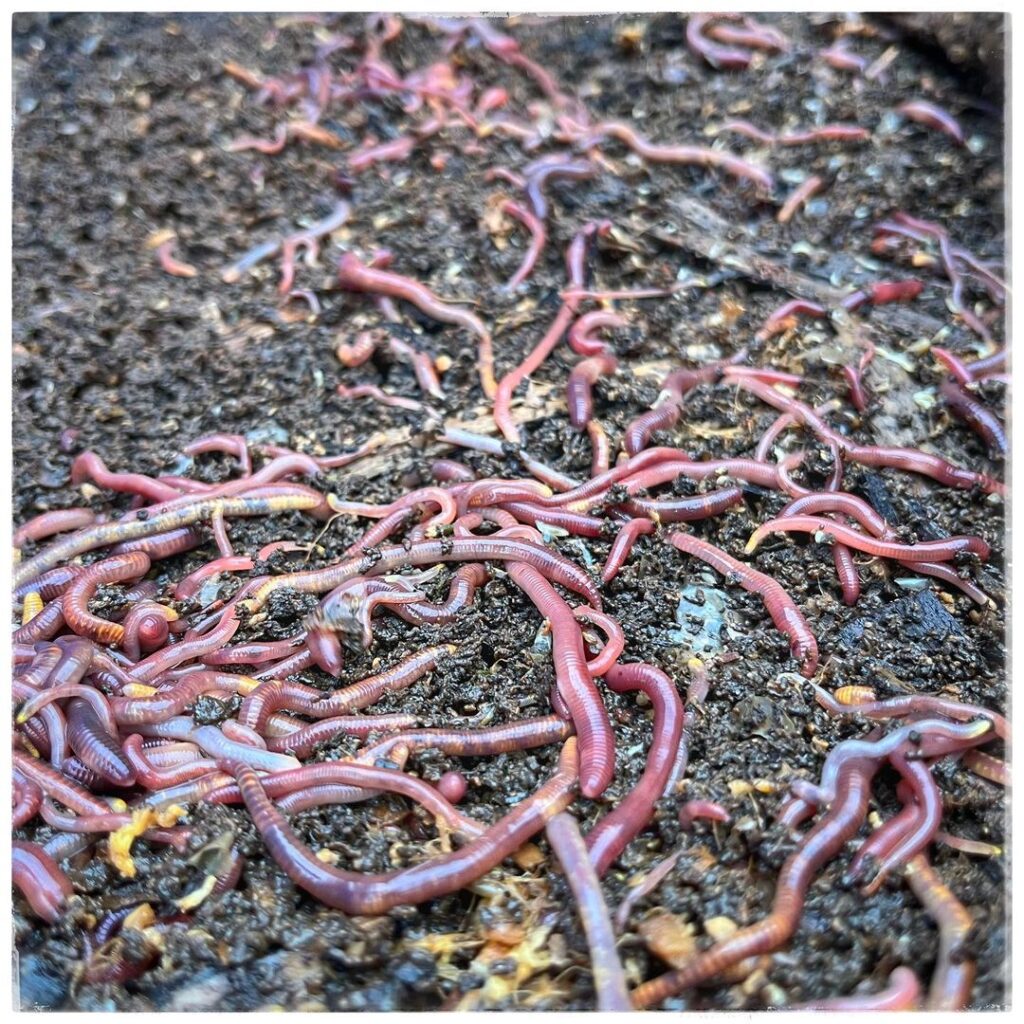
One of the easiest ways to get started with worm farming is to purchase a worm farm kit. These kits come with everything you need to set up and maintain your own worm farm, including bedding material, worms, and instructions.
If you want to get your kids interested in composting, a worm farm kit can be a great way to get started. To give you the best experience possible, Nature Gift Store offers more useful and interesting equipment than anyone else. The Worm Farm Observation Kit for kids typically comes with all the supplies needed to start a small worm bin, along with educational materials to help kids learn about the importance of composting and how worms help break down food scraps.
The kit includes everything you’ll need to start raising worms, take care of them, and develop your small worm farm. Therefore, you and your kids will be able to get set for a fantastic journey into the mysterious world of worms.
Using the Worm Farm Observation Set, children of all ages can enjoy exploring the wiggly world of worms. The purpose of the Worm Farm Observation Kit is to inform kids and environmental enthusiasts about the critical function that worms perform in our natural environment. The kit was created to reveal all the mysteries of these clever tiny worms.
A Worm Farm – A Hobby or a Business?
Many people start worm farming as a hobby. It’s a great way to recycle food waste and produce compost for your garden. Besides, the worm farm is thin enough for constant side views of the worms and their tunnels. This way, you can enjoy a clear, cross-sectional view of these ecosystem engineers as they aerate the soil, dig tunnels, and go through the life cycle of worms right in front of your eyes.
However, other than being an enjoyable activity, you can also take worm farming to the next level and turn it into a profitable business. The number of worms you have will undoubtedly affect how much you can make, but let’s still talk numbers. The worms can be sold either by the pound or by quantity. The average price is $10 for 300 worms, or roughly $30 per pound. A pound of worm castings costs approximately $3.
You may cultivate 15,000 worms in an area of 3 by 400 feet. Each month, these worms will generate around 5,000 pounds of castings. Every 2 pounds of worms needs one pound of worm food each day, so 2,000 worms will weigh nearly 2 pounds.
Let’s assume you have a reliable source of organic material you can use to provide food for all the worms. Your 2,000 worms will create 670 pounds of worm castings every month. That is worth approximately $2,000.
Also, they’ll be breeding more worms in that cozy, dark, and dry environment. The little oval balls that you can see in the bedding are worm eggs.
You can purchase a Worm Farm here or by clicking the image below.
Final Thoughts
You now comprehend the process of building a worm farm. You are also aware that initiating a worm farm business can be a very profitable venture since all you need is a lot of worms, a space for them to live, and enough worm food for them to generate the nutrient-rich compost that everyone desires.
You may generate a natural product that creates a respectable profit with a productive worm farm. You can also get thriving worms for fishing or materials rich in nutrients for nourishing your yard. In either case, a worm composting farm offers numerous advantages that can last for many decades.

Nato is a content writer and researcher with a background in psychology who’s eager to explore the wonders of nature. As a travel enthusiast and animal lover, she hopes to inspire others to discover and cherish the beauty and importance of the natural world.

